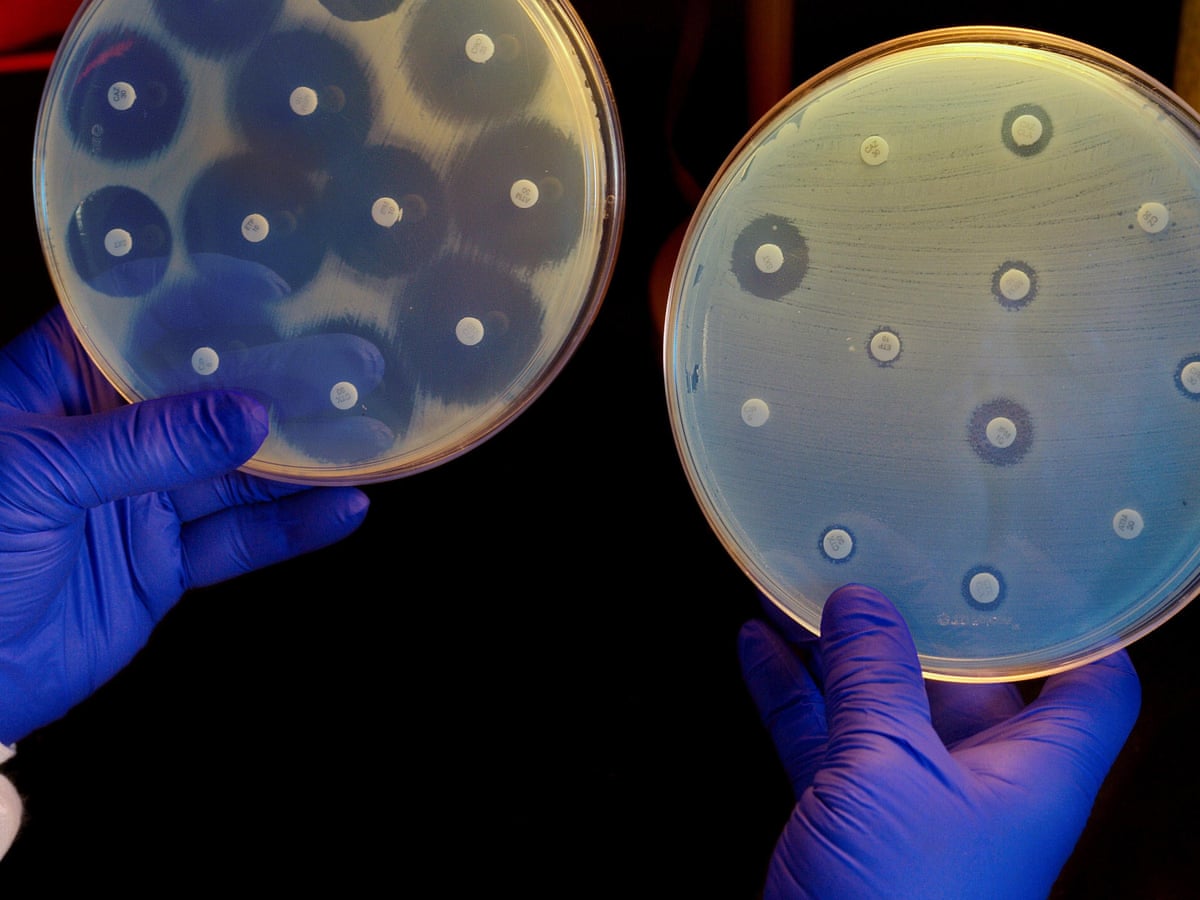According to Mayo Clinic, superbugs are “strains of bacteria, viruses, parasites and fungi that are resistant to most of the antibiotics and other medications commonly used to treat the infections they cause.” The name is very fitting, as they are more damaging and lethal than the typical microorganisms we know and commonly see. An example of superbugs are the Enterobacteriaceae family. This family consist of bacteria that are resistant to almost ALL antibiotics we use today. It is very hard to treat diseases caused by this family because antibiotics are no longer effective to them, which is why we must reevaluate our use of antibiotics.
What’s Creating These Superbugs?
Well, to better understand antibiotic resistance, you will need to familiarize yourself with gene transferring (amongst bacteria). Through horizontal gene transfer, bacteria are able to share genes with each other. This can be done through conjugation, transduction and transformation. In each of these mechanisms, antibiotic resistant gene is one of the genes that can be transferred. So, if one bacterium happens to obtain an antibiotic resistant gene through a mutation, for example, it can pass that gene to another bacterium and so on. More specifically, the antibiotic resistant gene is referred to as the R factor, contrary to the F factor- which contain a non-virulent gene.
Antibiotics Use in Farms
Antibiotic has been used on farm animals to make them fatter and grow faster, benefitting the incomes of every farmer around the globe. However, it is one of the biggest driving force of the antibiotic resistance we see today. Even though the antibiotics can kill the bad bacteria in the animals’ guts and treat their infections, misusing them is a slippery slope. As we learned earlier, bacteria can transfer genes to each other in multiple ways. This means that the bacterium in the animals can give each other the R factors that contain the antibiotic-resistant gene.
In February 2021, MDPI published an article that outlines the “Antibiotic Use in Food Animal Production: Escalation of Antimicrobial Resistance…” They acknowledge that antibiotics are very useful as growth enhancement, they also know that it poses a huge risk “due to the enrichment of resistant microorganism.” They went as far as saying that antibiotic resistance is “one of the biggest public health threats of the present time.”
The CDC website points out that the use of antibiotic on animals require proper documents and authorization. They have FDA guidelines that farmers must adhere to. However, this will not stop farmer from illegally using antibiotic on their livestock.
My Opinion
To be frank, it is a bit hard to say what my stance is, exactly. I support proper use of antibiotics, but I also know that it benefits a lot of farmers globally. Careers in the agriculture field is hard, so you must do what is necessary to make the money you need. However, antibiotic resistance is a real problem. It is causing a lot of unecessary deaths and diseases that could have been easily avoided if it was properly used in the beginning. So, my opinion in antibiotics is that it must be regulated in all aspects of life, not just on the farm. It must be regulated on the market(buying from the internet), in the hospitals, in other countries, and in the farms. Proper education must also be implemented so that everyone knows that risk it poses.

